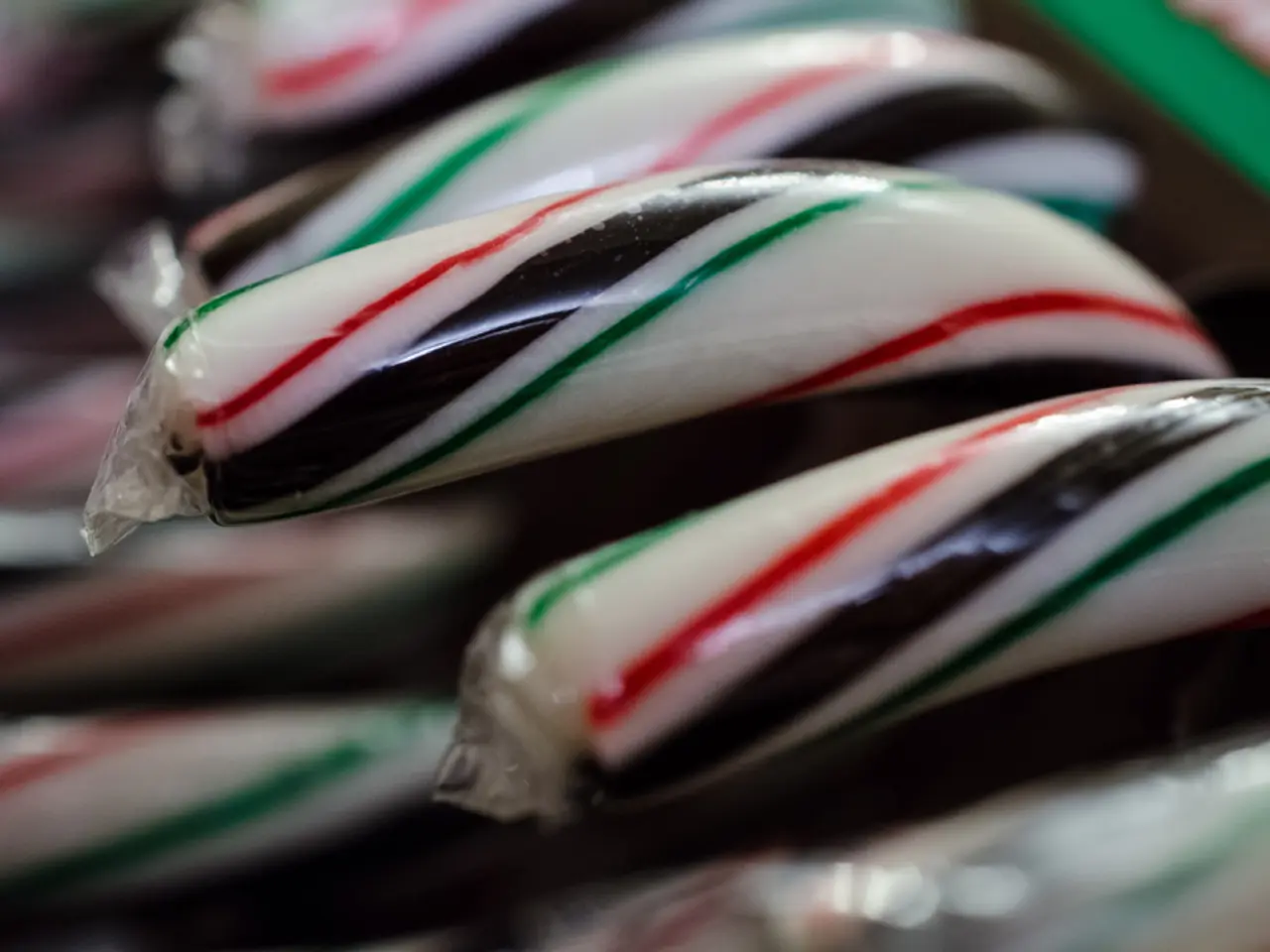Cocoa prices have increased: will LOTTE Rahat adjust the cost of Kazakhstan chocolate accordingly?
In the global chocolate market, prices have been on the rise, particularly for cocoa-rich varieties. This trend is primarily due to sustained high cocoa prices driven by supply deficits, weather-related production challenges in key West African origins, and geopolitical and macroeconomic uncertainties affecting commodity markets.
The surge in cocoa prices, which tripled since 2020, has been a significant factor. This increase is attributed to global production decreases, adverse weather conditions, aging plantations, and the spread of tree diseases. Despite some recent price declines, analysts expect cocoa prices to remain "structurally higher for longer," meaning elevated costs are not expected to subside quickly.
This sustained high price environment has led chocolate producers worldwide to increase consumer prices, which in turn pressures sales volumes. In Kazakhstan, as a non-cocoa-producing country, chocolate must be imported, subject to global commodity prices plus import tariffs, transportation, and distribution costs. Given global cocoa price increases and volatility, Kazakhstan would naturally experience rising chocolate prices in line with global trends.
JSC "Lotte Rahat," a significant player in Kazakhstan's chocolate market, is actively working to control production cost increases, seeking more favorable supply conditions. The company exports its products to several countries, with the export share exceeding 20%. Despite the global price increases, the company is not planning to completely replace imported chocolate due to market structure, consumer preferences, and production limitations.
In response to the situation, JSC "Lotte Rahat" has announced the development of new products, including chocolate with new fillings, nuts, and caramel. However, no information has been provided about the impact of price increases on the production or sale of their "Kazakhstani" chocolate.
The import of chocolate in the first five months of 2025 decreased by 4.7% compared to the same period in 2024, amounting to 34.2 thousand tons and $168.2 million. The main importing countries are Russia (69.3%), Ukraine (11.4%), Turkey (6.7%), and Germany (3.2%).
Despite the challenges, JSC "Lotte Rahat" sees potential for partial replacement of imported chocolate due to high product quality, understanding of local consumers, and a developed distribution system. However, it is premature to talk about price increases for "Kazakhstani" chocolate as they are currently working with previously purchased raw materials.
The impact of price increases on milk chocolate, which contains 25% cocoa, will be less significant compared to products with a high cocoa content, such as dark chocolate and "Kazakhstani" chocolate, which are increasing in price to a greater extent. Major cocoa producing countries, including Côte d'Ivoire and Ghana, have faced difficulties due to these factors.
In summary, the global rise in cocoa prices due to supply deficits, weather impacts on West African production, and macroeconomic uncertainty is the key driver behind increased chocolate prices worldwide, including in Kazakhstan. Consumers can expect to see these price increases reflected in their local retail prices for chocolate.
- The increased price of cocoa, a significant factor in chocolate production, has led to a rise in consumer prices for chocolate in Kazakhstan, a non-cocoa-producing country.
- In response to global cocoa price increases and volatility, JSC "Lotte Rahat," a key player in Kazakhstan's chocolate market, is planning to develop new chocolate products to cater to local consumer preferences, while it is still unclear if the production or sale of their "Kazakhstani" chocolate will be affected.






